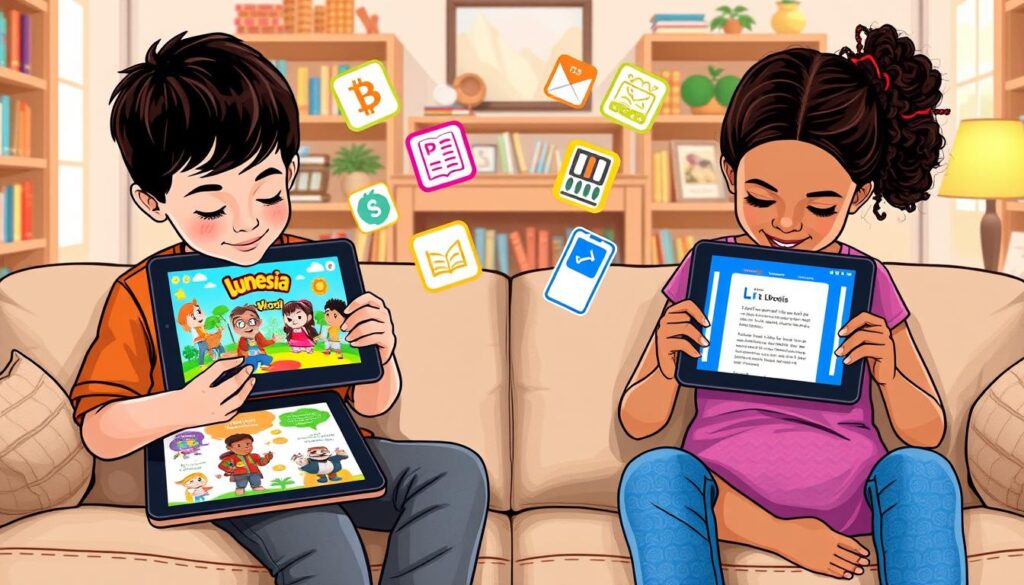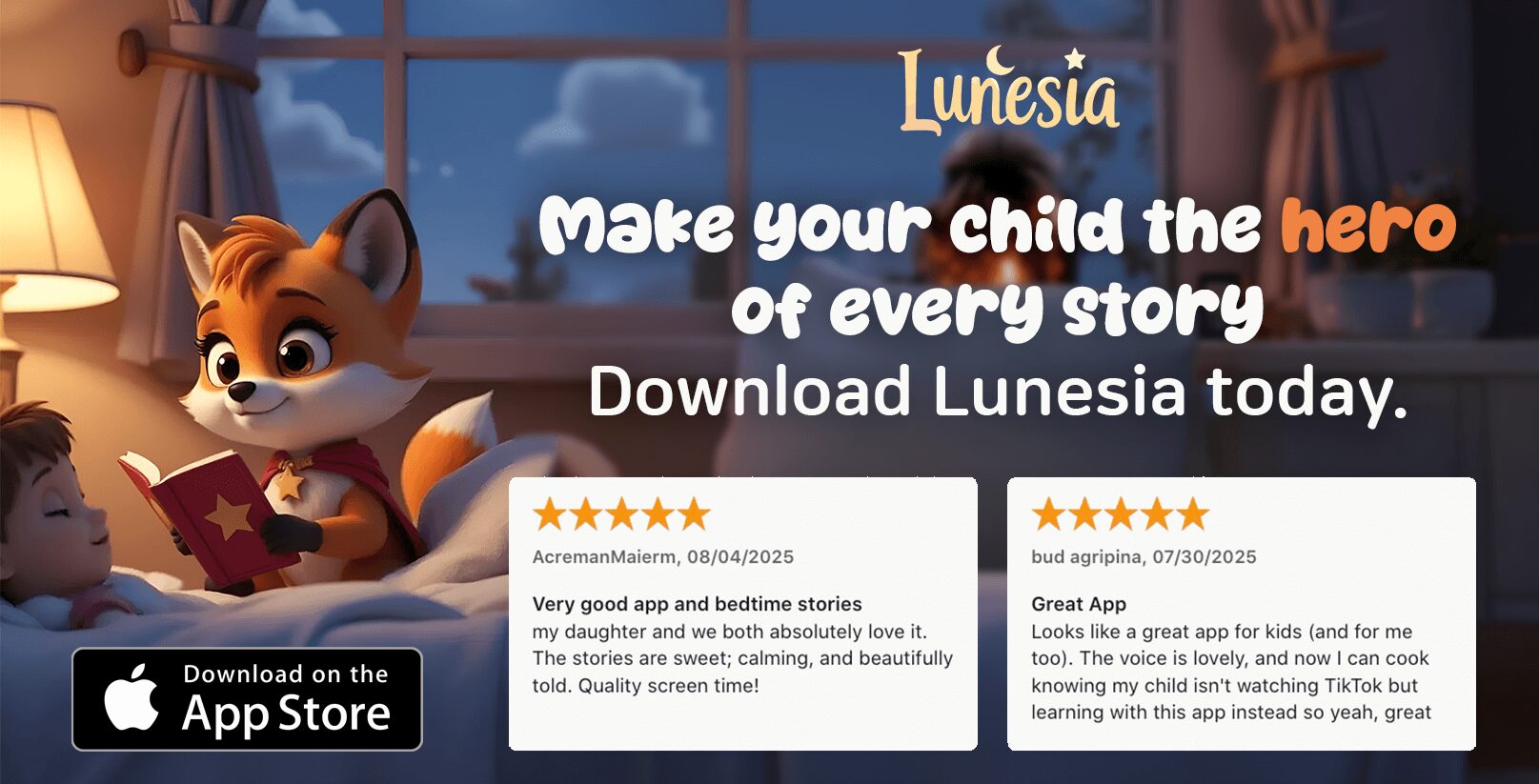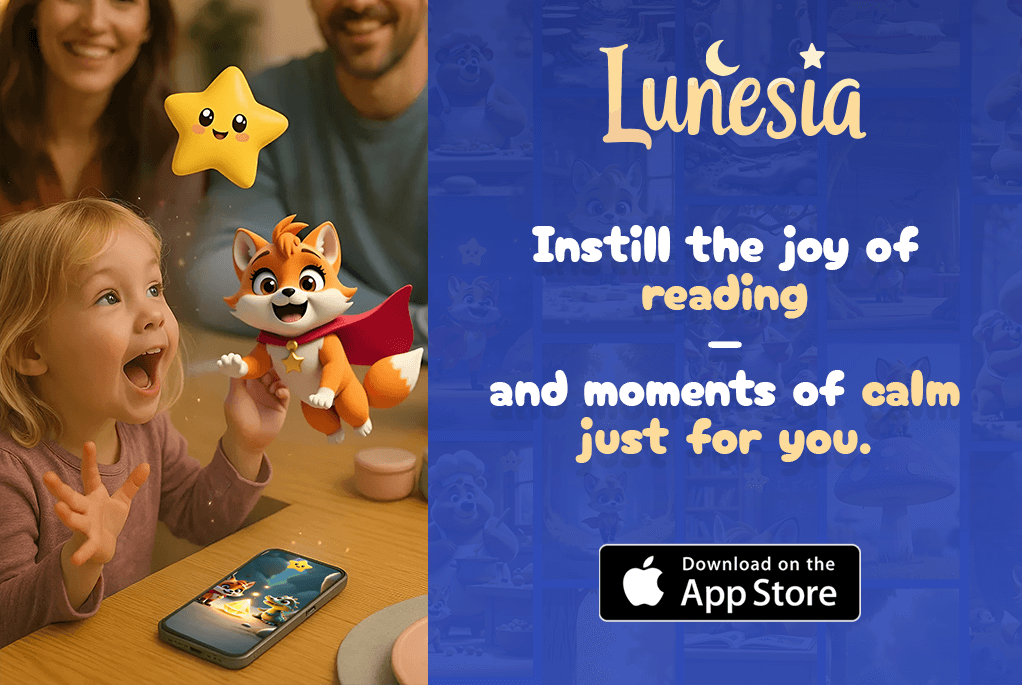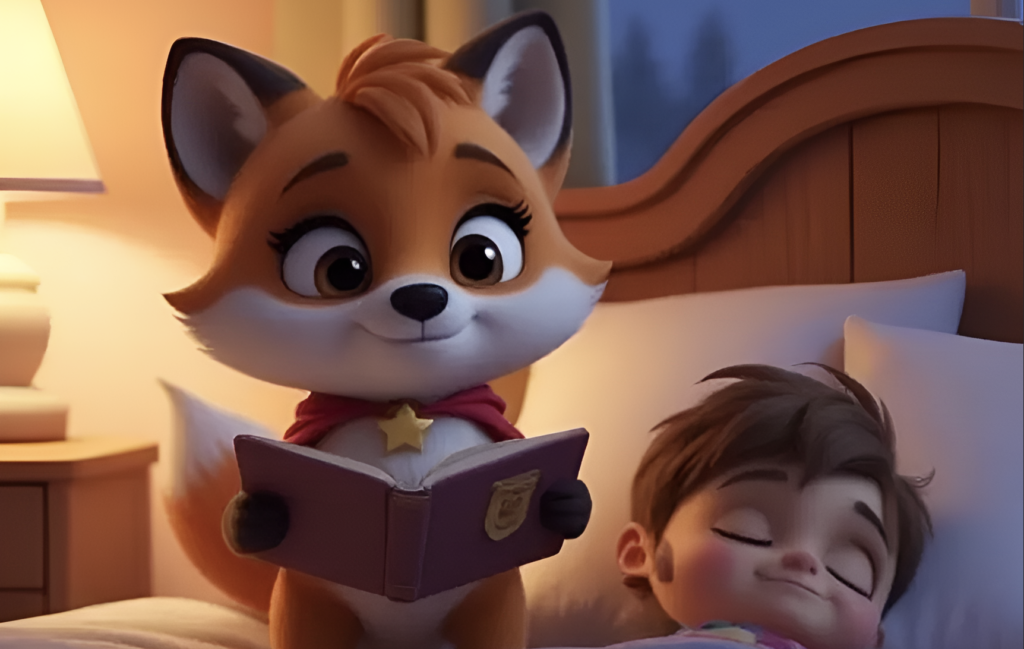As a parent, nurturing a love for reading in your children is a top priority. In today’s tech-savvy world, digital platforms have become invaluable tools that complement traditional books. I’ve explored various reading apps to find what works best for my children’s unique learning styles and interests.
The quest for the perfect reading experience led me to compare Lunesia and Libby, two popular platforms offering distinct approaches to children’s literature. This comparison will help you understand the key differences between original interactive content and library eBook collections, enabling you to make an informed decision for your child’s digital reading journey.
Whether you’re looking for interactive original stories or access to a vast library of familiar titles, understanding these platforms’ features will enhance your child’s reading experience and potentially transform their relationship with books.
Understanding Lunesia vs Libby: Digital Reading Platforms for Kids
The world of children’s literature is evolving, with digital reading platforms like Lunesia and Libby offering new ways to engage young readers. As a parent, understanding these platforms is crucial in making informed decisions about your child’s reading journey.
What is Lunesia?
Lunesia is a digital reading platform designed specifically for children, focusing on original interactive content that engages young readers through immersive storytelling experiences. It’s an app that curates original stories, making it a unique tool for parents seeking to foster a love for reading in their children. You can explore more about Lunesia’s offerings on their website: Lunesia Apps for Kids.

What is Libby (OverDrive for Kids)?
Libby, developed by OverDrive, is a digital gateway to public library collections, allowing children to borrow eBooks and audiobooks using their library cards. It’s compatible with various devices, including Android and iOS devices, making it a versatile option for families. The Libby app brings the entire children’s section of your local library to your device, providing access to a vast collection of titles.

The Growing Importance of Digital Reading for Children
Digital reading platforms have become increasingly important in children’s lives as they complement traditional reading methods and provide accessibility to books anytime, anywhere. This shift is particularly significant in today’s fast-paced world, where families juggle busy schedules and library visits may not always be feasible. Both Lunesia and Libby recognize that today’s children are digital natives, navigating between physical and digital formats with ease, and making the reading experience more adaptable to different learning styles and preferences.
The importance of digital reading lies in its ability to make reading a part of daily life, in various settings, and through different devices. It’s about creating a culture of reading that is flexible and engaging for children.
Content Comparison: Original Stories vs. Library Collection
The content available on digital reading platforms is a key consideration for parents looking to foster a love for reading in their children. As we explore the differences between Lunesia and Libby, it’s essential to understand the type of content each platform offers and how it impacts the reading experience for kids.
Lunesia’s Original Interactive Content
Lunesia’s content library features original stories created specifically for their platform, offering interactive elements that respond to a child’s choices and engagement. This creates a personalized reading journey that evolves with each session. The interactive nature of Lunesia’s content means stories can adapt to different reading levels, allowing children to progress at their own pace while building confidence through achievements and interactive feedback.
By using Lunesia’s app, parents can provide their children with a unique reading experience that is both engaging and educational. The original content is designed to be highly interactive, making reading a fun and immersive experience.
Libby’s Library eBook Collection
Libby connects to your local library’s digital collection, giving access to thousands of familiar titles, including popular series, classics, and new releases that children might already recognize from school or bookstores. Libby’s read-along features are particularly valuable for emerging readers, as highlighted text synchronizes with professional narration, helping children connect written words with their pronunciation and meaning.
Read-Along Features and Titles
One of the standout features of Libby is its read-along capability, which allows children to follow along as the story is read aloud. This feature is especially beneficial for kids who are just learning to read, as it helps them develop their reading skills by synchronizing the text with the narration.
Audiobooks and Streaming Options
The audiobook options in Libby provide flexibility for busy families, allowing children to listen during car rides, meal times, or quiet activities – making reading accessible even when holding a book isn’t practical. With a wide range of titles available, including popular series and classics, Libby offers something for every child’s reading interest.
Content Quality and Educational Value
Educational value differs between platforms: Lunesia focuses on interactive learning through original content designed with specific educational outcomes, while Libby provides access to a diverse library collection curated by professional librarians. Parents should consider whether their child benefits more from the novelty and interactivity of original content or from access to familiar, established titles that might connect to school curriculum or popular culture.
| Feature | Lunesia | Libby |
|---|---|---|
| Content Type | Original Interactive Stories | Library eBooks and Audiobooks |
| Interactivity | Highly Interactive | Read-Along Features |
| Educational Value | Designed with Specific Educational Outcomes | Diverse Library Collection Curated by Librarians |
In conclusion, both Lunesia and Libby offer unique content that caters to different aspects of a child’s reading development. By understanding the strengths of each platform, parents can make informed decisions about which service best suits their child’s reading needs.
User Experience and Accessibility Features
As a parent, understanding the user experience and accessibility features of digital reading platforms is vital. When choosing between Lunesia and Libby for your child’s reading needs, several factors come into play.
Device Compatibility and Requirements
Device compatibility plays a crucial role in choosing between these platforms. Lunesia works on specific devices with minimum requirements for interactive features, ensuring a seamless experience on supported devices. On the other hand, Libby offers broader compatibility across iOS, Android, and some Kindle devices, making it accessible to a wider range of users. For instance, if you own a Kindle Fire, Libby is a more inclusive option.

Interface and Ease of Use for Children
The user interface design significantly impacts children’s independent reading. Lunesia features a highly visual, intuitive interface designed specifically for children, making it easy for them to navigate and enjoy their reading experience. Libby, while balancing child-friendly navigation with access to broader library collections, offers a clean and simple interface that many users appreciate. The reading experience is notably different between the two, with Lunesia emphasizing interactive engagement and Libby providing customizable settings for a comfortable read.
Parental Controls and Content Filtering
Parental controls differ substantially between the two platforms. Lunesia, with its in-house content creation, likely offers built-in age-appropriate content filtering, giving parents peace of mind. Libby, connecting to full library collections, requires more parental oversight to ensure children access appropriate content. If you’re concerned about mature content, using the OverDrive app might be a safer choice.
| Feature | Lunesia | Libby |
|---|---|---|
| Device Compatibility | Specific devices with minimum requirements | Broad compatibility across iOS, Android, and some Kindle devices |
| Interface Design | Highly visual and intuitive for children | Balanced child-friendly navigation with broader library access |
| Parental Controls | Built-in age-appropriate content filtering | Requires parental oversight due to access to full library collections |
Accessibility Features for Different Learning Needs
Both platforms offer various accessibility features. Lunesia’s interactive engagement can be particularly beneficial for children who struggle with traditional reading formats. Libby, on the other hand, offers audiobooks and professional narration options, catering to different learning needs. Customization options like font size adjustment are available on both platforms, though the extent of their accessibility features may vary.
When evaluating these platforms, consider your child’s technological proficiency, preferred reading style, and any specific learning needs. By doing so, you can choose the platform that provides the most accessible and engaging experience for them.
Making the Right Choice for Your Child
The debate between Lunesia and Libby isn’t about which is better, but rather about which one suits your child’s reading style and your family’s lifestyle. As we’ve explored, both platforms offer unique features that cater to different needs.
When deciding, consider your child’s reading preferences and learning style. Do they thrive with interactive elements and game-like features, or do they prefer traditional stories with a wide selection? Lunesia’s original content might be more appealing to the former, while Libby’s vast library collection could be ideal for the latter.
Your budget is another crucial factor. Lunesia operates on a subscription model, whereas Libby is free with a library card, making it an attractive option for families already utilizing library services. It’s also worth considering trying both platforms, as many digital services offer free trials or basic access.
Ultimately, the decision should be guided by your observations of your child’s responses to different reading formats. Their enthusiasm, comprehension, and willingness to return to the platform are key indicators of what works best for them.
Remember, digital reading platforms should complement rather than replace physical books and in-person reading experiences. The best approach often combines multiple ways of engaging with stories, so don’t be afraid to mix and match based on your child’s needs.
By considering these factors and being open to exploring different options, you can make an informed decision that fosters a love for reading in your child.
FAQ
What is the main difference between digital libraries like Libby and interactive reading platforms?
Digital libraries like Libby offer a vast collection of eBooks and audiobooks borrowed from local libraries, while interactive reading platforms provide original content designed to engage children in reading. The main difference lies in their content offerings and the reading experience they provide.
Can I use Libby on multiple devices?
Yes, you can use Libby on multiple devices, including Kindle Fire, smartphones, and tablets, as long as you have the Libby app installed and an active library card.
How do I access the Libby app, and what are the requirements?
To access the Libby app, you need to download it from your device’s app store, create an account, and authenticate with your local library’s credentials. You will need a library card and a valid PIN or password.
Are the eBooks and audiobooks on Libby suitable for children of all ages?
Libby offers a wide range of eBooks and audiobooks for children, including titles for different age groups and reading levels. You can filter the content by age and reading level to find suitable titles for your child.
Can I customize the reading experience on digital libraries or reading apps?
Yes, many digital libraries and reading apps, including Libby, allow you to customize the reading experience by adjusting font sizes, brightness, and reading formats to suit your child’s needs.
How do I know if a digital reading platform or library is secure for my child?
To ensure a digital reading platform or library is secure for your child, look for features like parental controls, content filtering, and robust privacy policies that protect user data.
Can I read books on Libby without an internet connection?
Yes, once you’ve borrowed a title on Libby, you can download it to your device and read it without an internet connection, making it a great option for reading on-the-go.
How long can I borrow eBooks and audiobooks on Libby?
The borrowing period for eBooks and audiobooks on Libby varies depending on the library’s policies, typically ranging from 7 to 21 days, after which the titles will automatically expire.




